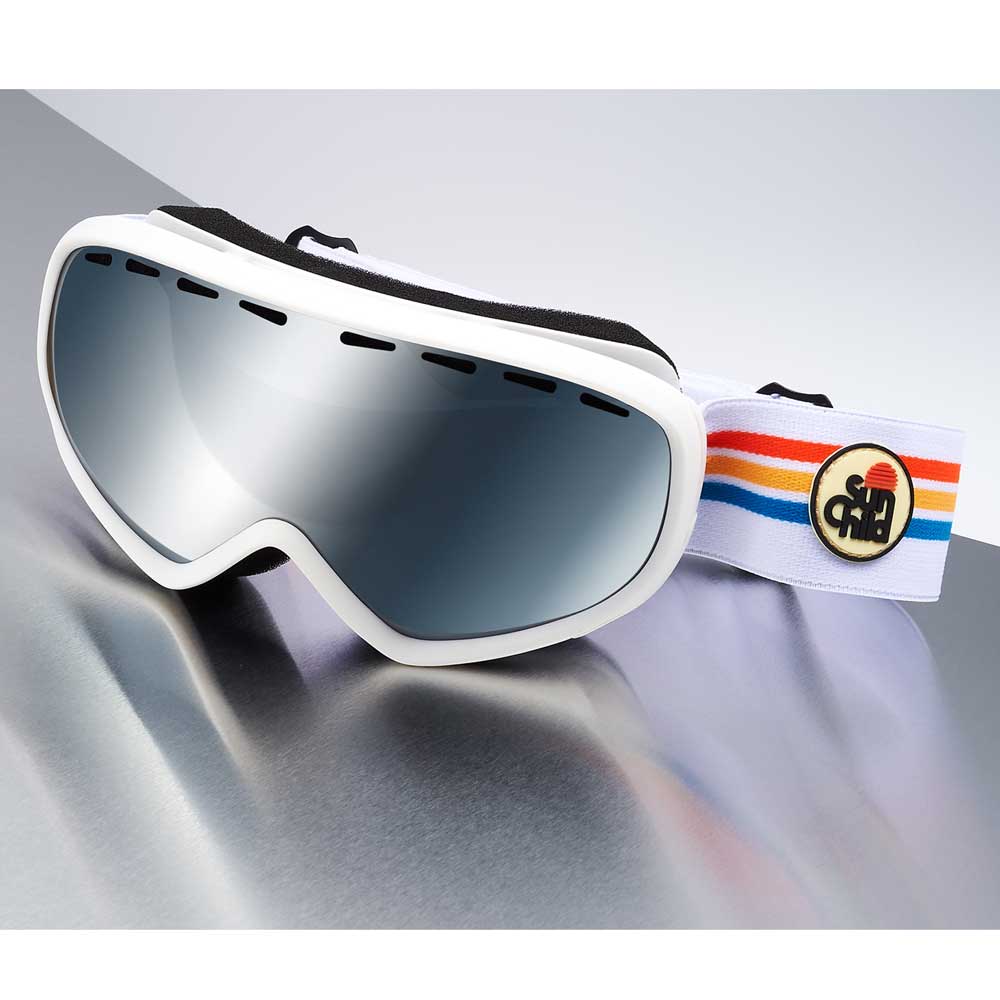In the mountains, in winter, whether you are skiing or snowshoeing, sun protection is essential for the skin, but also for the eyes .
Effects of altitude on vision
In elevation , the reverberation increases the luminosity , which generates a significant discomfort (glare).
A cloudy sky absorbs the brightness but allows 90% of UV to pass through . As for your skin, these harmful rays can cause real "sunburn" (ophthalmia of the eyes*), but also affect the cornea (cataract) and the retina (AMD).
In fact, UV rays are less filtered by the atmosphere: the higher the altitude, the greater the amount of UV . In addition, the sun is reflected on the snow, a very reflective surface, because it reflects 80 to 95% of UV rays (while in comparison, sand only reflects 20%).
Glasses in the mountains

The choice of your glasses in the mountains:
– A curved frame , covering but ventilated (to avoid fogging).
– A lens with good optical qualities (no deformation), impact resistant, category 3 or 4 (so as not to be dazzled). There are photochromic lenses, which allow you to go from category 3 to 4, or 2 to 4. The lenses can be treated anti-reflection on the inside to eliminate dazzling reflections. Finally, one can consider the use of polarizing lenses .
– The color of the glass provides a visual effect:
Grey: for all weather
Yellow-orange: for days with dazzling sunshine
Brown: for cloudy days (increases contrast and provides better perception of relief and depth of field)
The color of the glass is not a guarantee of protection: only 100% UV protection guarantees optimal protection .
Watch out for children!
As for their skin, finer and more fragile, you have the total screen reflex, do not skip wearing glasses or a mask.


